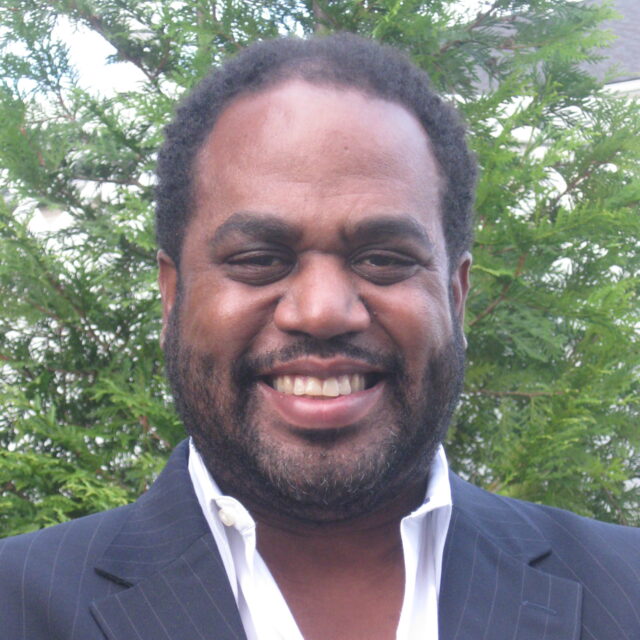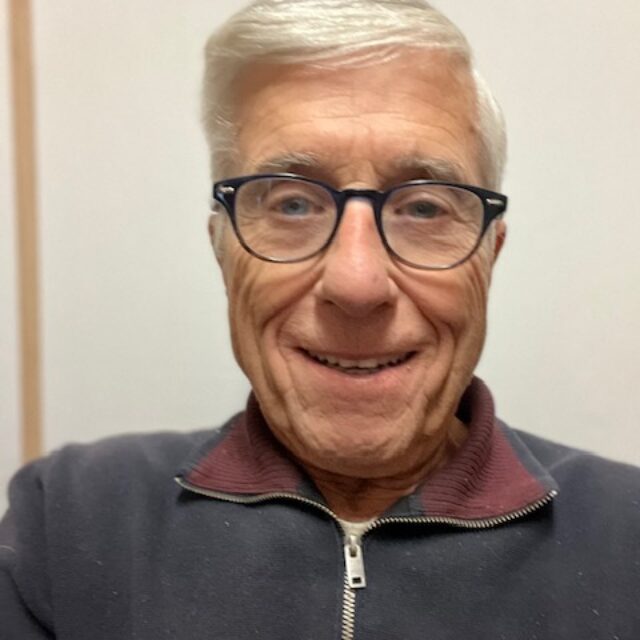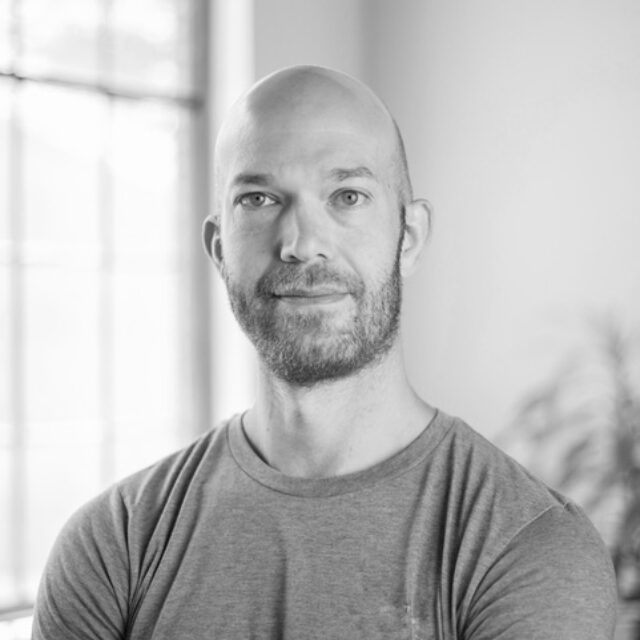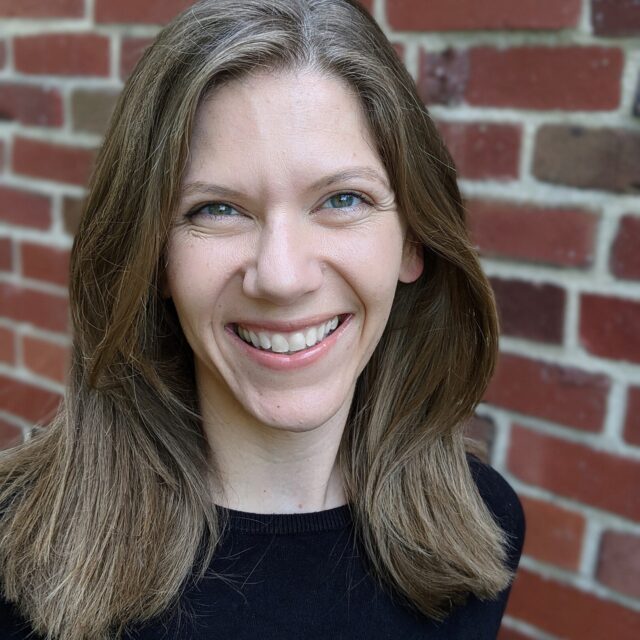Dr. Joseph Richardson Jr.: Using Storytelling to Explore Gun Violence and Trauma

5.27.2021
Safety in Numbers
Welcome to Everytown Research & Policy’s Safety in Numbers blog series, where we will invite leading experts in the growing field of injury and safety prevention to present their rigorous research in clear, user-friendly language on a regular basis. Our goal is to share the latest developments, answer important questions, and stimulate evidence-based conversations on gun violence prevention in which all of us can participate. If you have a topic you want to hear more about, please feel free to suggest it at: [email protected].
Sarah Burd-Sharps, Director of Research
Note: The views, opinions, and content expressed in this post do not necessarily reflect the views, opinions, or policies of Everytown for Gun Safety Support Fund.
Dr. Joseph Richardson, Jr. grew up in a working-class Black community in Philadelphia. Gun violence and trauma surrounded him. This experience, combined with his training as a criminologist and medical anthropologist, led him to understand gun violence through the lens of structural violence.
“Violence is not merely fist, stick, knife, and gun,” Dr. Richardson said. “The structure of society is violent. Structural violence provides the framework to understand that harm is often perpetrated by institutions and systems against certain populations.”
With these beliefs, Dr. Richardson launched a digital storytelling project called “Life After the Gunshot,” which documents ten young Black men’s experience with gun violence and mass incarceration. It emerged from listening to young men express trauma in interviews, focus groups, and counseling sessions. He conducts his research at two of the busiest trauma centers in Maryland, in Prince George County and Baltimore, which have the highest number of gun deaths: University of Maryland Prince George’s Hospital Center and the University of Maryland R Adams Cowley Shock Trauma Center.
Learn more about Dr. Richardson in his own words:
I grew up in the crack era in Philadelphia at the height of gun violence in the 1980s and 1990s. Several young men in my neighborhood died from gun violence. Growing up in a city harmed by structural and interpersonal violence gave me a sense of fatalism. As an adolescent, I never imagined that I would live past 21 years old. Unlike many of the Black boys and young Black men that I now work with, I was not involved in a high-risk lifestyle, but the threat of violence made me vigilant. These were symptoms of traumatic stress, as I would learn decades later in my work as a gun violence researcher.
Using the term ‘structural violence’ gives the language to change how we think about violence.
Studies on the social factors of health have shown that most deaths in Black communities are avoidable. Yet, society’s structure still allows preventable deaths to occur. It does not matter to me whether death is the result of firearm violence or contaminated drinking water. Both are forms of murder. The difference is that the author of the firearm homicide is usually known. The author of the contaminated drinking water is often anonymous. The authors of this violence are hidden behind the veil of systems and institutions, making it more difficult to determine who to blame.
This is the challenge in my work that keeps me up at night and keeps me going. I am driven to move my analysis beyond who pulled the trigger to exposing the systems that are killing Black people every day without a gun. These systems and institutions create cultural and structural violence conditions that contribute to the murders and shootings in communities. Thus, my work is about those who died and those who were left for dead.
Violence intervention programs provide support to those who are distrustful of the healthcare and criminal justice systems.
Between 2017 and 2019, I directed the Capital Region Violence Intervention Program (CAP-VIP) at the University of Maryland Prince George’s Hospital Center. The program provided psychosocial services to 116 participants. The majority were low-income young Black men between the ages of 18 to 34. The program aims to reduce the likelihood of repeat violent injury, which we define as trauma recidivism, or early death of the young men in communities impacted by gun violence.
The young men we work with are often distrustful of the healthcare and criminal justice systems. One of the violence intervention specialists who worked with these young men at the CAP-VIP, Che Bullock, had previously been violently injured and incarcerated. His shared lived experience helped him bond with participants in the program. This bond was critical in addressing the stigma, cultural sensitivity, and accessibility in mental health services.
The violence intervention specialist is the glue of the program. This role is the bridge between the participants and services like counseling for traumatic stress and cognitive behavioral therapy. Without a violence intervention specialist like Che, the program would not work. Through Che’s work, we were able to document the importance of the role of the violence intervention specialist on the lives of young Black men.
Listening to young Black men’s stories can change the world if we address the disinvestment of the structure in their lives.
For “Life After the Gunshot,” we proposed a digital storytelling project to capture the interviews and focus groups at CAP-VIP. This was a risk because no one had used this approach with this population. But, the Center for Victim Research, which awarded me the grant for this project, believed in our vision.
The young men spoke about their trauma and coping mechanisms in ways that I had not read in academic articles. They described trauma in unique, complex and nuanced ways. Articles and presentations cannot convey the body language of the young men, which is an important form of communication. I wanted the world to see and hear what these young men were saying in the interviews because it humanized them. So often society neglects to acknowledge the deep humanity and range of complexity among young Black men.
For me, the project has been life altering work. I have experienced the impact digital stories have on viewers. These stories show that even in the face of discrimination, structural racism and violence, and interpersonal violence, these young men remain resilient. For these reasons, “Life After the Gunshot” has transformed into a movement. There are thousands of stories across the nation that need to be told. We are here for that purpose. These stories can change the world if we address the disinvestment of the structure in their lives by repairing the harm.
About Dr. Joseph B. Richardson, Jr.
Joseph B. Richardson, Jr., PhD is the Joel and Kim Feller Professor of African-American Studies and Medical Anthropology, and Acting Chair of the Department of African American Studies at the University of Maryland. Dr. Richardson utilizes the busiest Level 1 and Level 2 trauma centers in Maryland as his research labs to investigate gun violence, trauma and the effectiveness of hospital-based violence intervention programs. He is the Executive Producer of the digital storytelling docuseries “Life After the Gunshot” which explores the intersection of the healthcare and criminal justice systems among young Black male survivors of violent firearm injury in the District of Columbia and Prince George’s County, Maryland.





